People congregate around valuable content. The stuff attracts audiences like moths to a flame. The problem is that companies struggle with understanding, never mind creating, valuable content. After all, “value” is a subjective term with a definition varying from person to person.
Building Community with Valuable Content
But value isn’t an unattainable thing. Companies all across the world create valuable content each day, using their creations to expand and engage both new and existing audiences. So, how do they do it? How can a company set out to create valuable content in order to attract individuals? Moreover, how can a company then convert those interested individuals into customers?
Before we get ahead of ourselves, let’s discuss “value.”
What is Value?
Quite simply, “value” is something that helps or heightens an individual’s everyday experience. It’s something the person uses, either consistently or only once, to make their life easier, more convenient, and more enjoyable. Overtime, people come to view that something as worthwhile or significant.
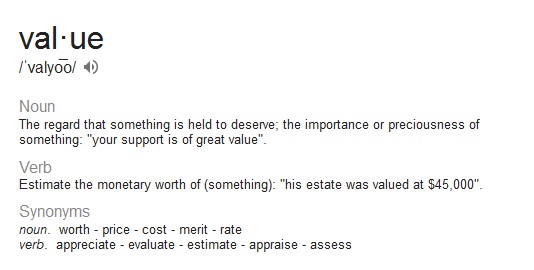
For companies working in today’s Internet era, “value” often translates into a video, photo, article, or some other online creation. But it’s important to remember that all of these examples are merely containers for content, and it is the content itself that people find valuable.
However, if it’s the content people care about, the question then becomes, who actually cares about your content? And who will care so much as to find it valuable?
And that’s exactly where we find the truth behind valuable content: it’s not about what you create – it’s about who you’re creating it for. Your audience determines the value of your content. Not you. Your job is to provide them with something that they view as valuable.
Focus on Your Audience
Imagine having a conversation with someone who only talks about their life, their problems, their desires – them, them, them. No matter how hard you try to divert the topic to something else – weather, sports, work, money, anything – they turn the conversation back to focus on them.
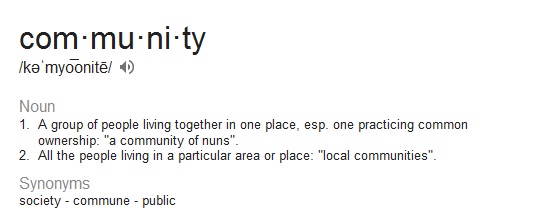
It’d be annoying, right? Well, that’s exactly what audiences hear when companies focus on self-promotion rather than providing worthwhile content. There’s a huge difference between creating valuable content and talking about yourself, your plans, your goals, your objectives, and so forth.
Create content that keeps people engaged, as if you were in an ongoing conversation. Release content that may interest your audience, then listen to the responses and create the next piece of content based off audience response.
Engage to be Engaging
We’ve talked before about what it means to run a successful social media campaign, in which the topic of valuable content was briefly described as “giv[ing] people something worth sharing.” While true, this sentence doesn’t go far enough: creating an audience is as much about giving people something worth sharing as it is about listening to what the audience has to say.
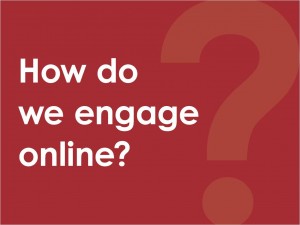
Plus, listening shows empathy. It shows a company cares about what its audience has to say, and you’re viewing them as people, not numbers. This instills trust and respect, while also offering ideas for creating valuable content. Keep your mind open to what the audience has to say, because you never know what could spark the next big creation.
Of course, possibly more important than creating valuable content is how you provide that content to your audience. After all, even the best content means nothing if no one sees it.
Valuing Your Value
Obviously, companies want to attract individuals so as to convert them into customers. That’s basic business. However, how you go about converting customers has an impact on the valuable content that you create. For example, Mail Chimp, a leading provider of email services, offers tons of e-books on their website, all of which are absolutely free. No secret charges. No additional costs. These e-books are free for everyone to enjoy.
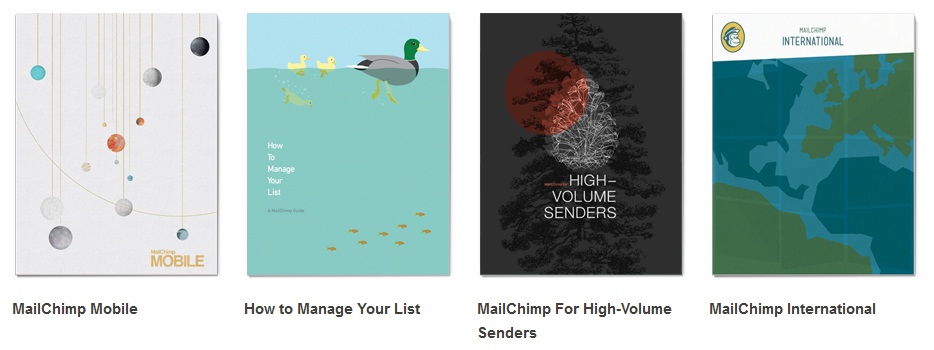
So, what good does this do Mail Chimp? First, these e-books prove to customers that Mail Chimp is an authority in the industry, because they know so much about email marketing that they wrote numerous books on the topic. Second, offering these e-books for free shows customers that Mail Chimp actually cares. The company isn’t in it just to make money. They genuinely want to help people.
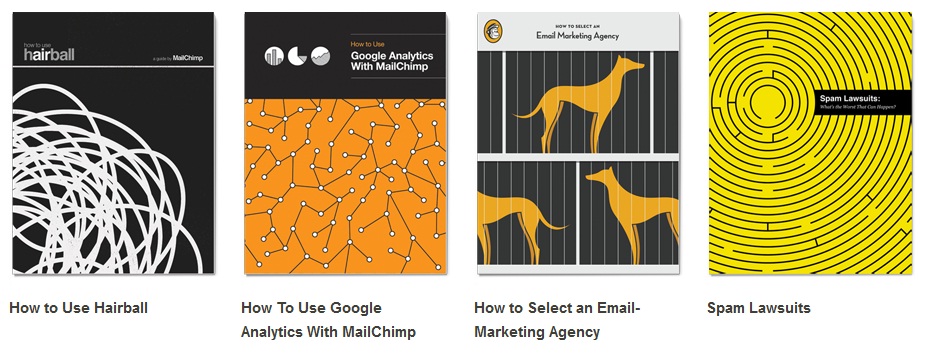
And since the books are actually informative, that’s exactly what they’re doing: helping people. What did we say earlier that the definition of “value” was? (Hint: “Quite simply, ‘value’ is something that helps or heightens an individual’s everyday experience.”) You better believe that’s what Mail Chimp’s e-books do, and you better also believe that people view Mail Chimp’s e-books as valuable resources.
Providing audiences with informative and free resources is an effective way of leveraging valuable content to attract dedicated customers.
From Content to Customer
So, how exactly does valuable content turn into an increase in customers? Simple: people share valuable content. They see it as so worthwhile that more people need to know it exists. This act of sharing introduces your company to newer audience members that may have never been exposed to your services, thus making an impression on the individual. The more impressions you make, the more opportunities of selling your company to customers.
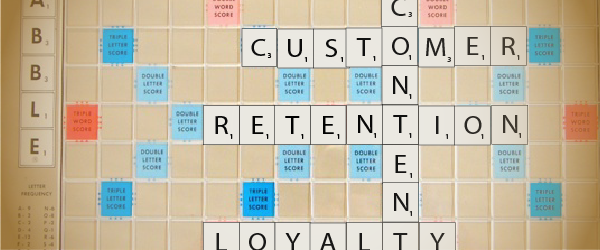
And since their first impression of your company comes from valuable content, they’re already skewed toward viewing your company in a positive light. By doing this, you not only introduce valuable content into an established audience, you also utilize that established audience to bridge social connections into other established audiences.
As long as the content you create provides audiences with worthwhile information or helpful services, your company will see an increase in those drawn to your company. Moreover, you’ll create a community based around your products or services.
The Community Conclusion
Building a community requires engaging individuals on a level other than sales or advertising. You must provide people with a reason to gather. Furthermore, you must provide a deeper reason for people to continue gathering around your company.
To put it simply, you must be creative, consistent, and helpful, providing people with an experience that contributes to their everyday routine.
Is this easy?
No, of course not. If it was, everyone would have a huge community.
But it’s also not impossible. And when you do create a community that relies on your content, the results are unlike anything your company has ever experienced.
